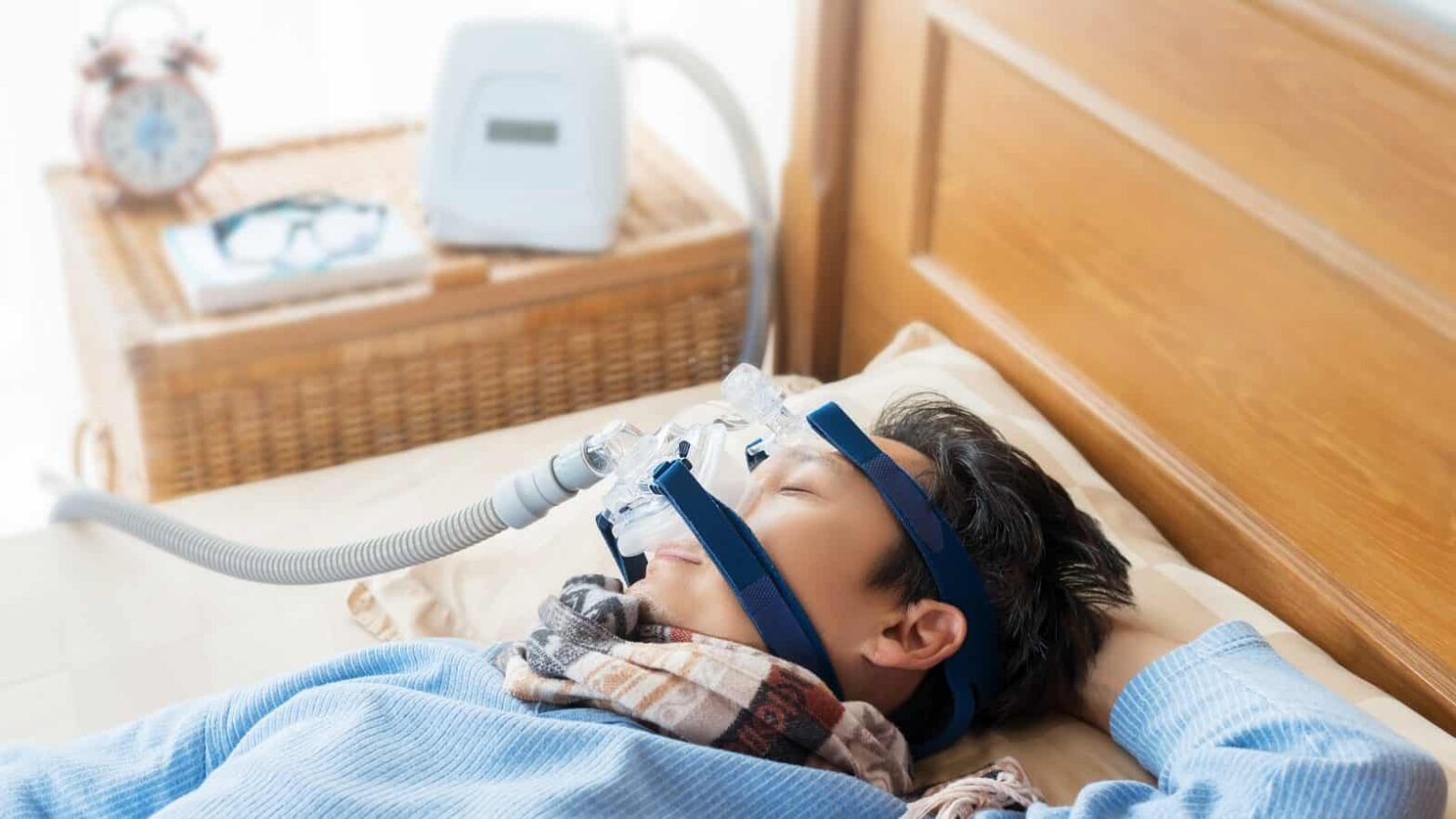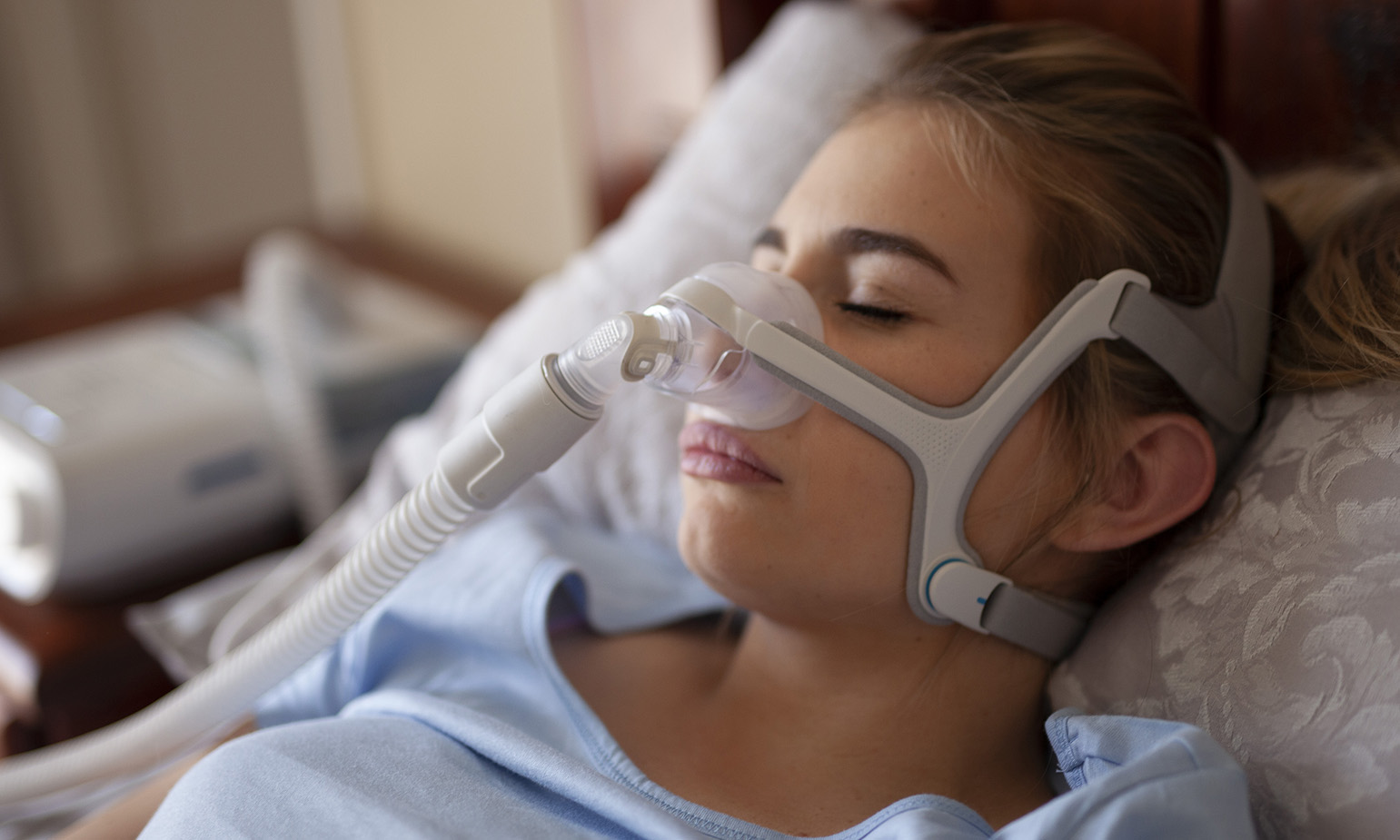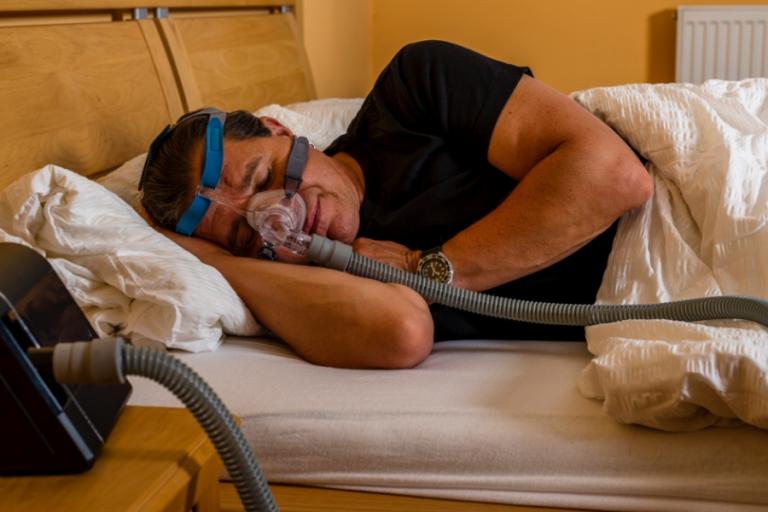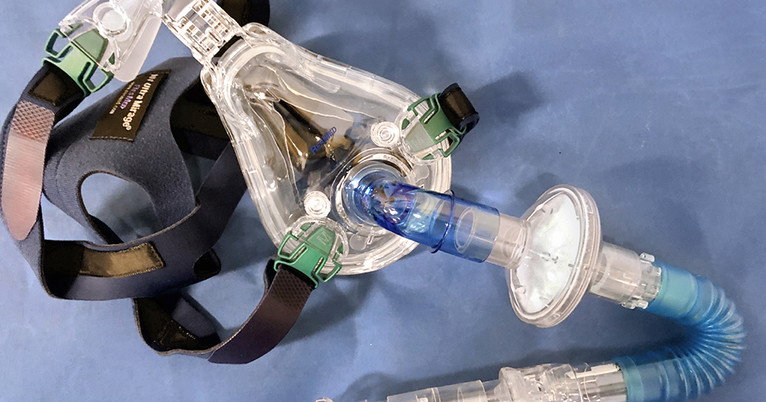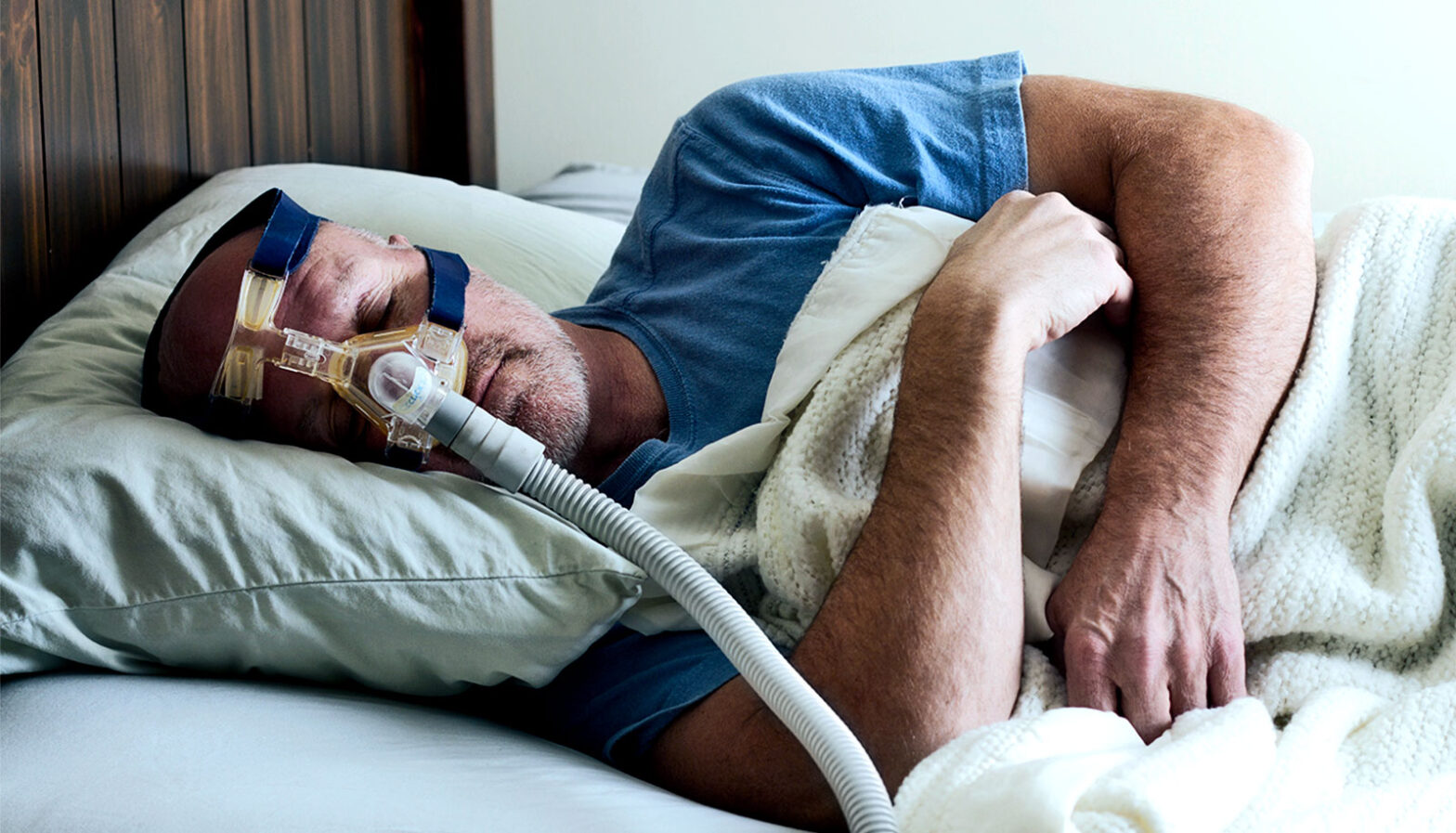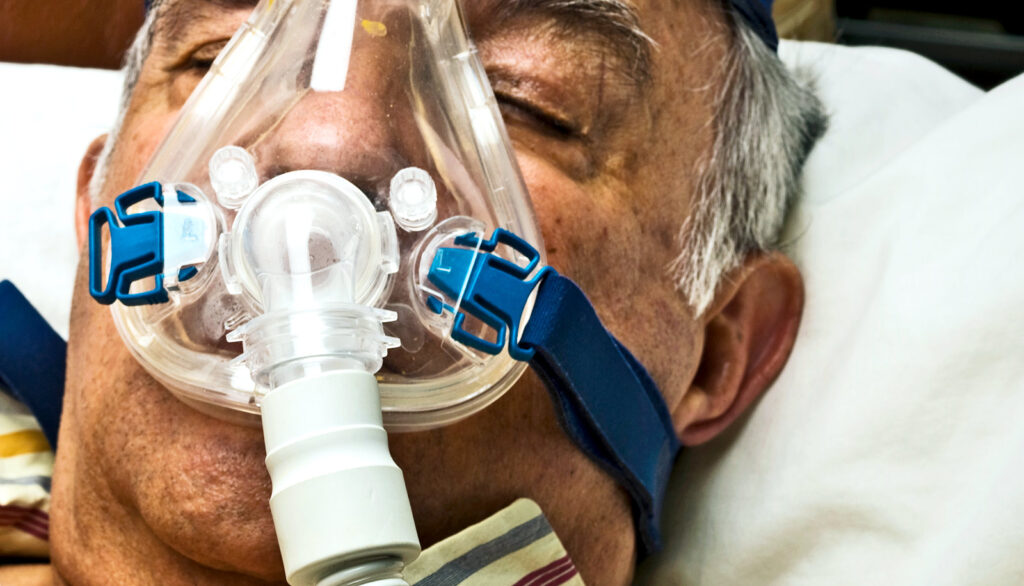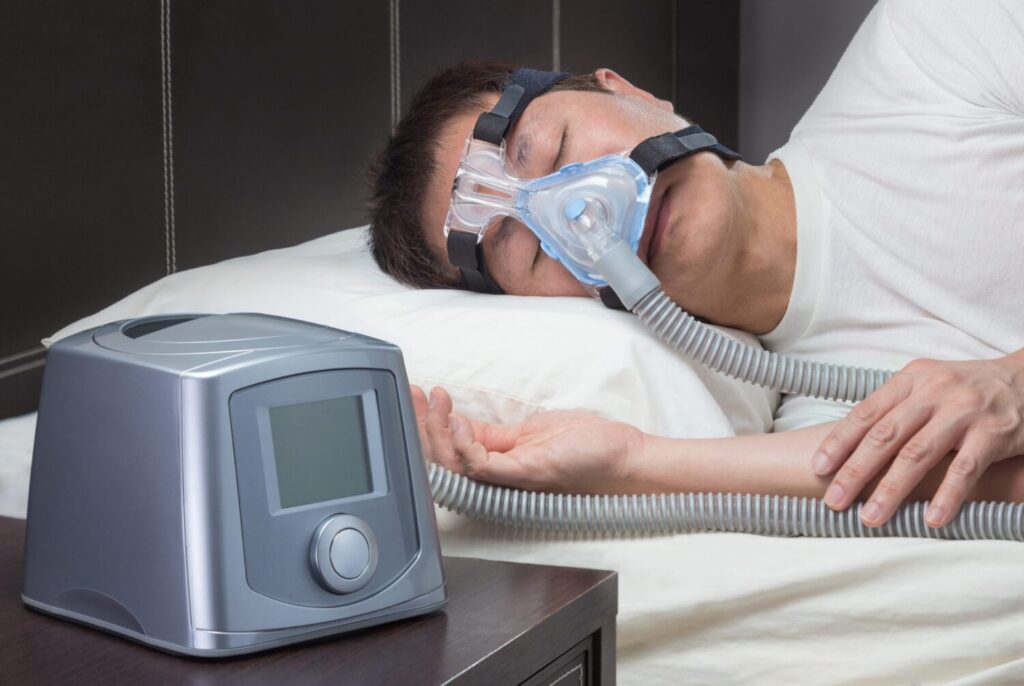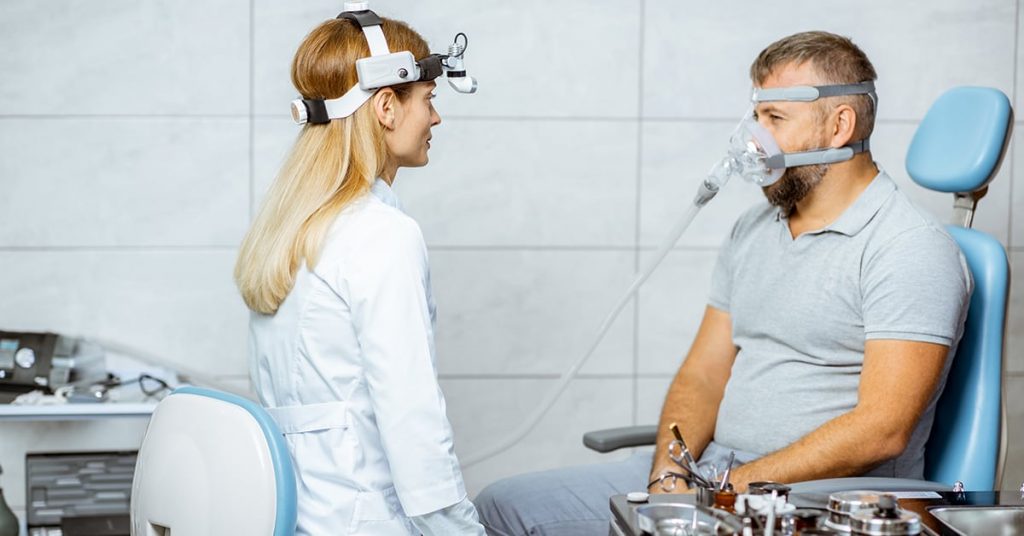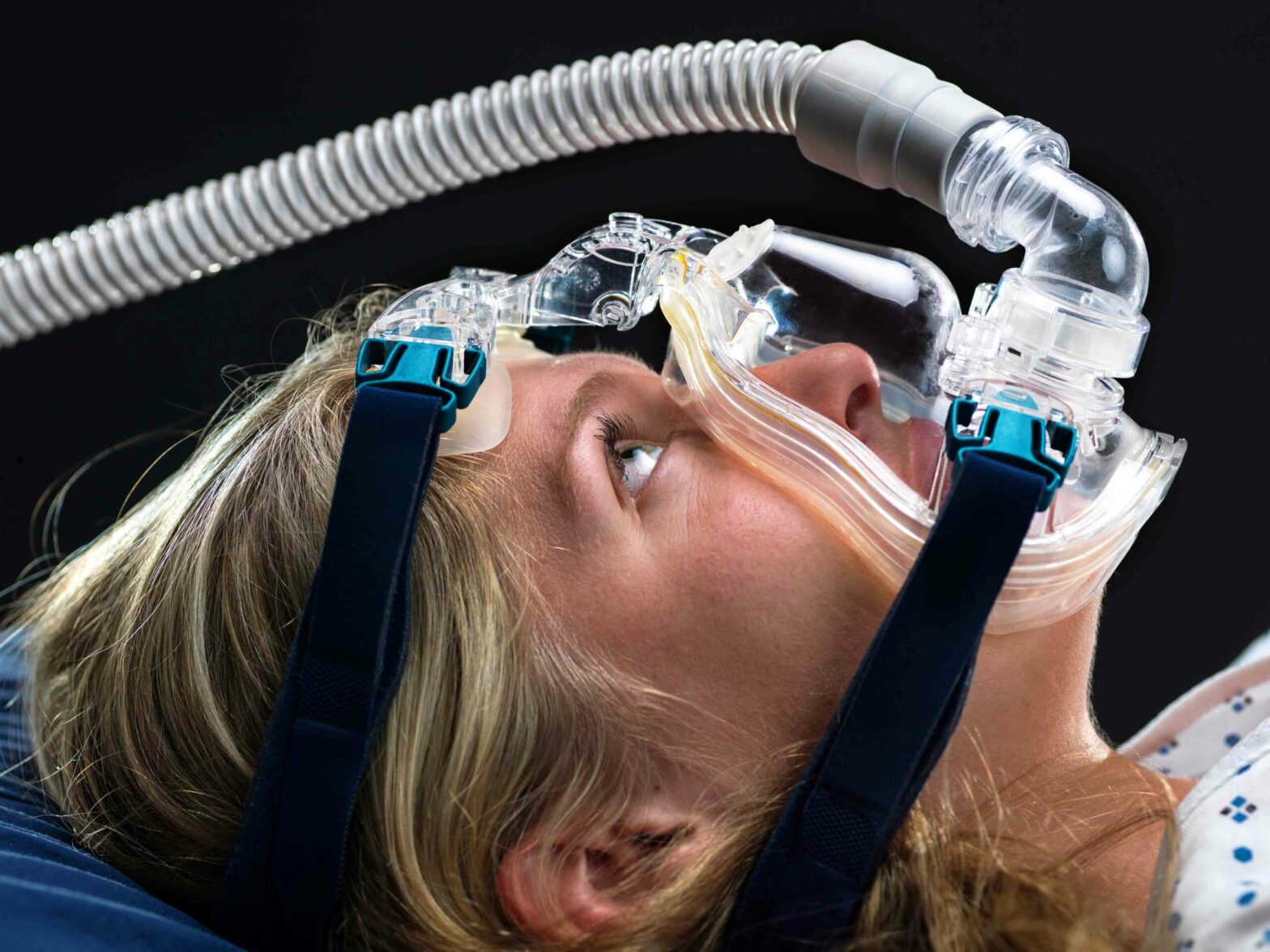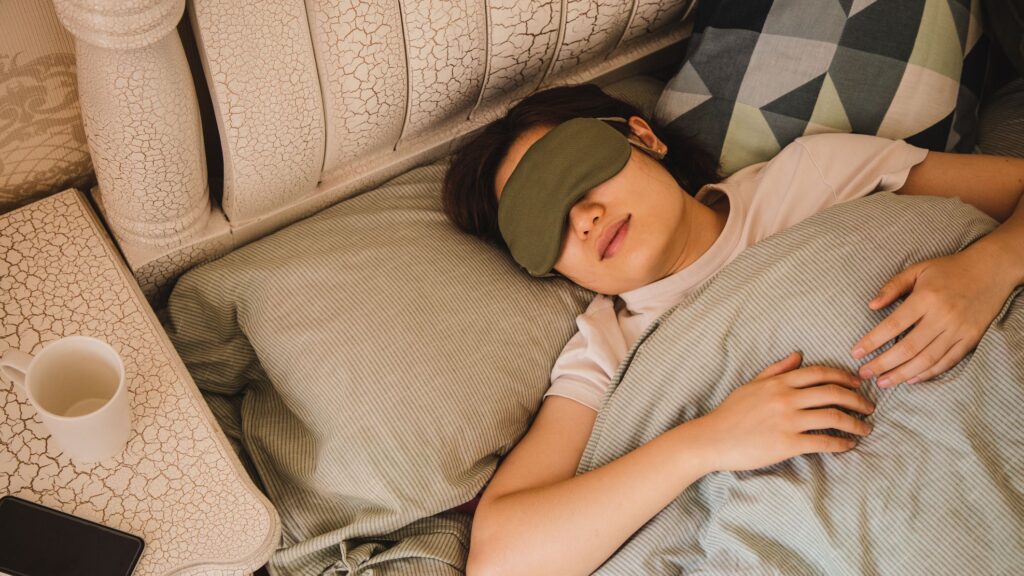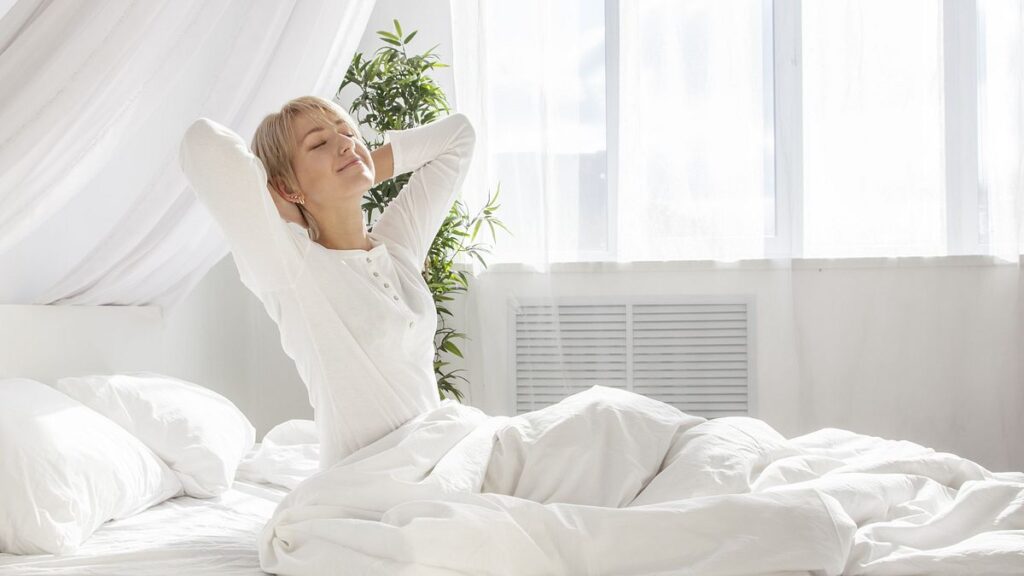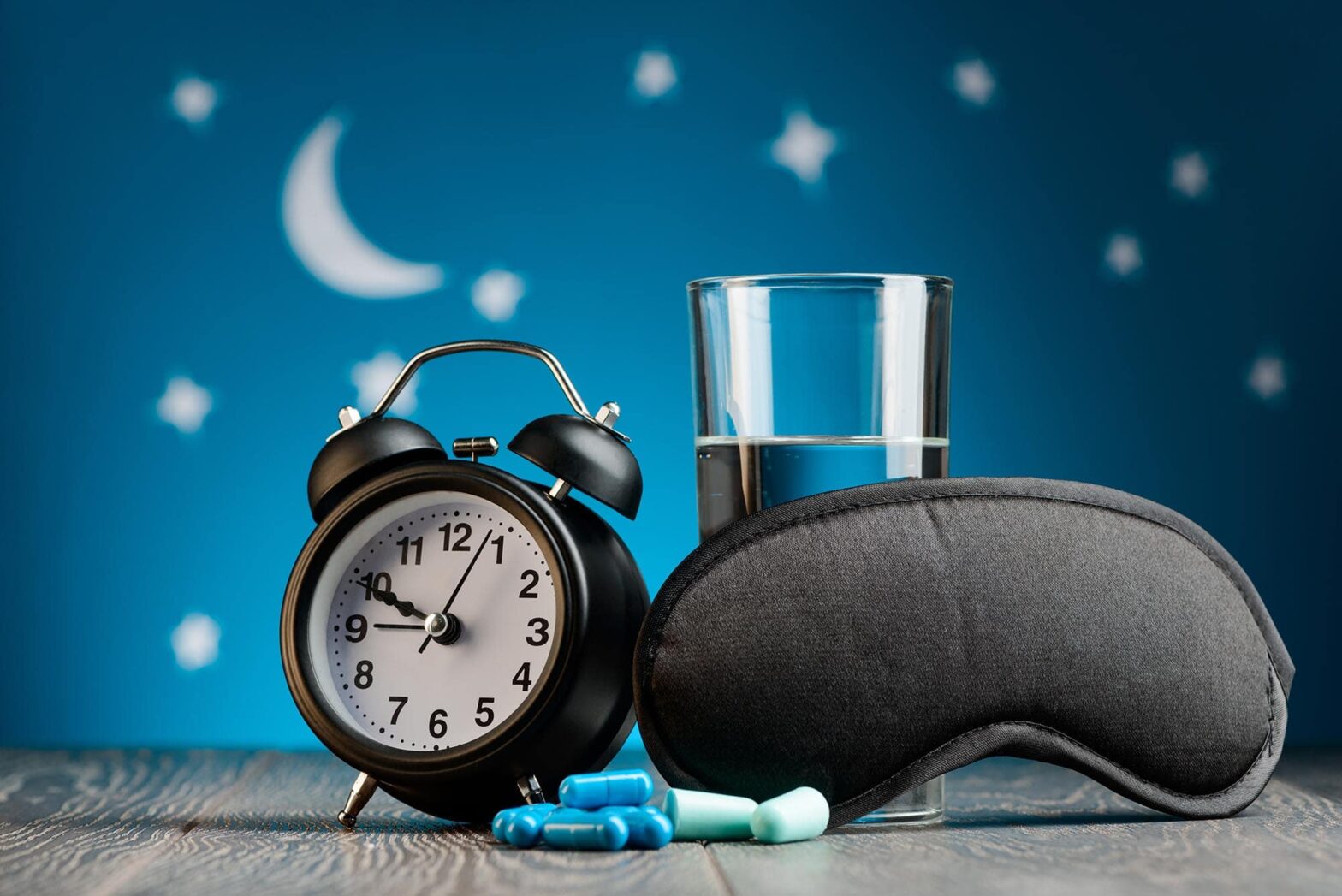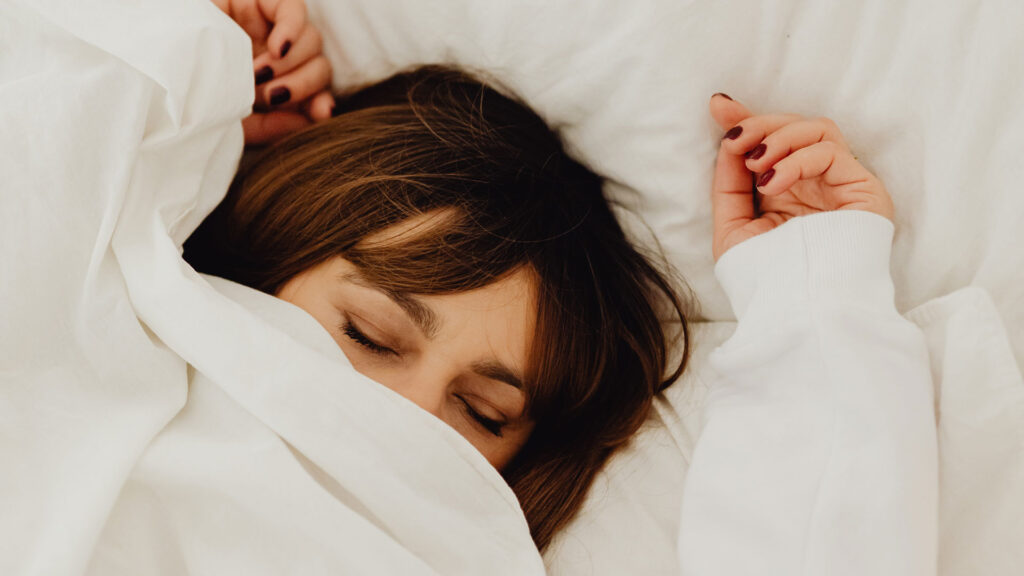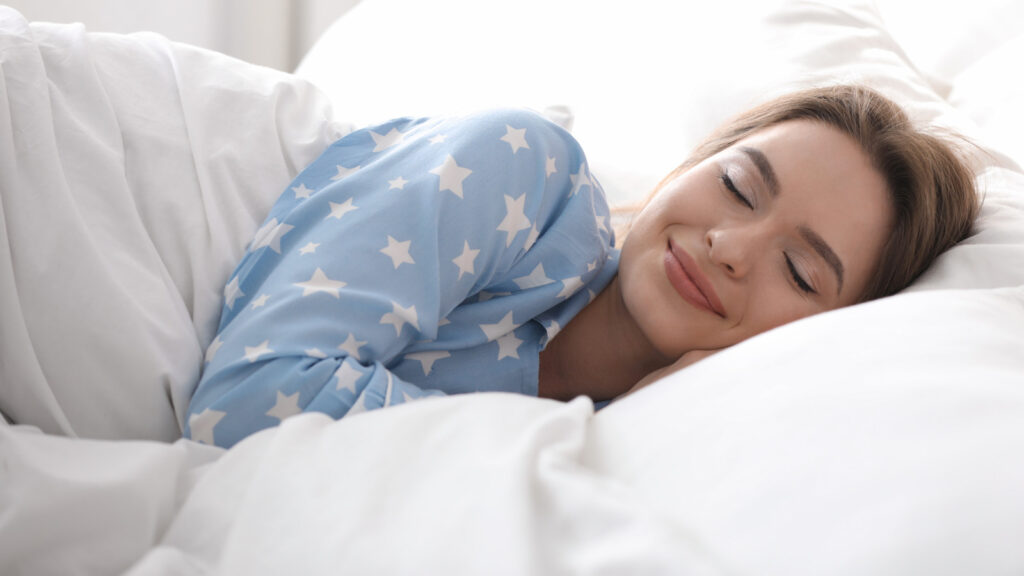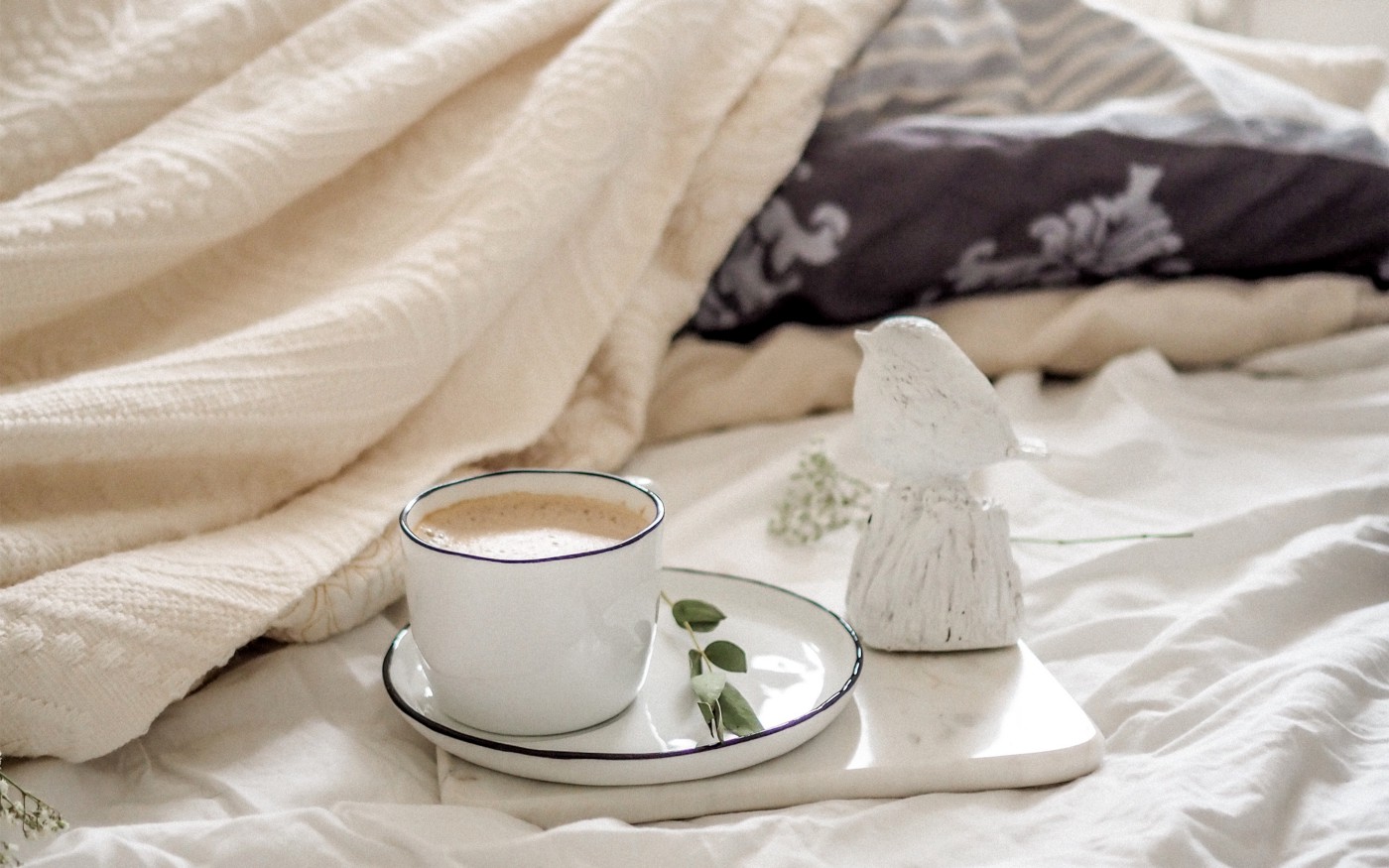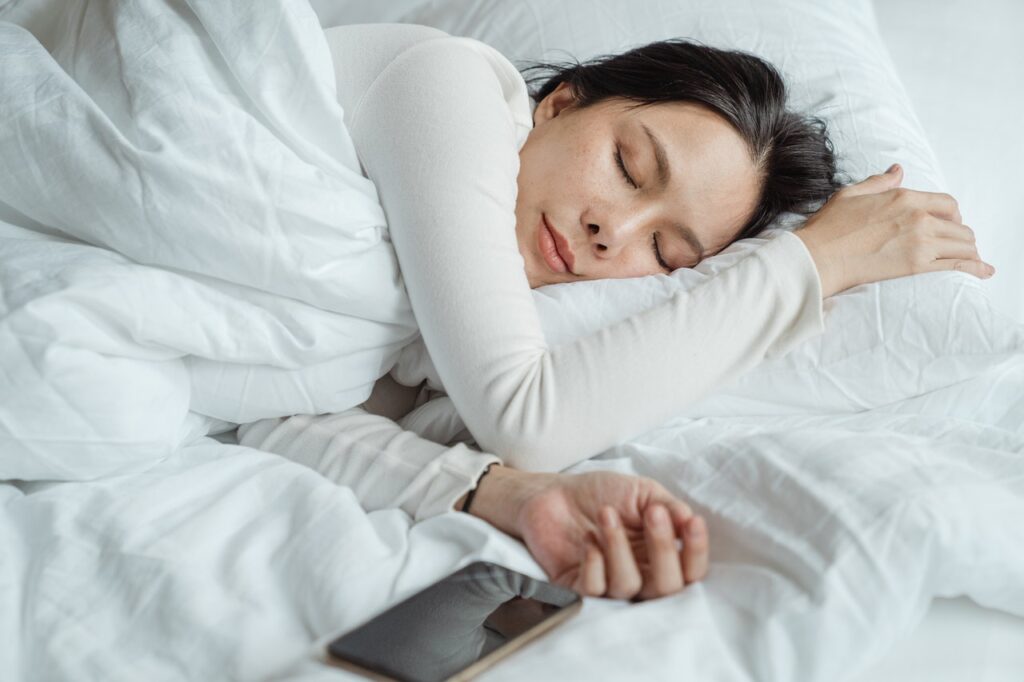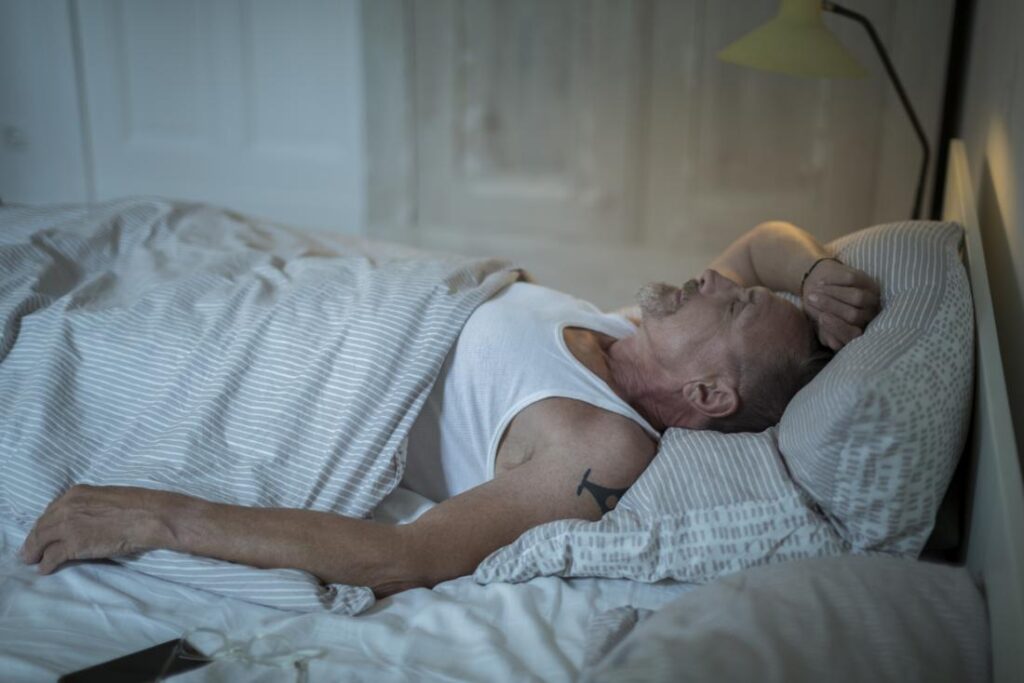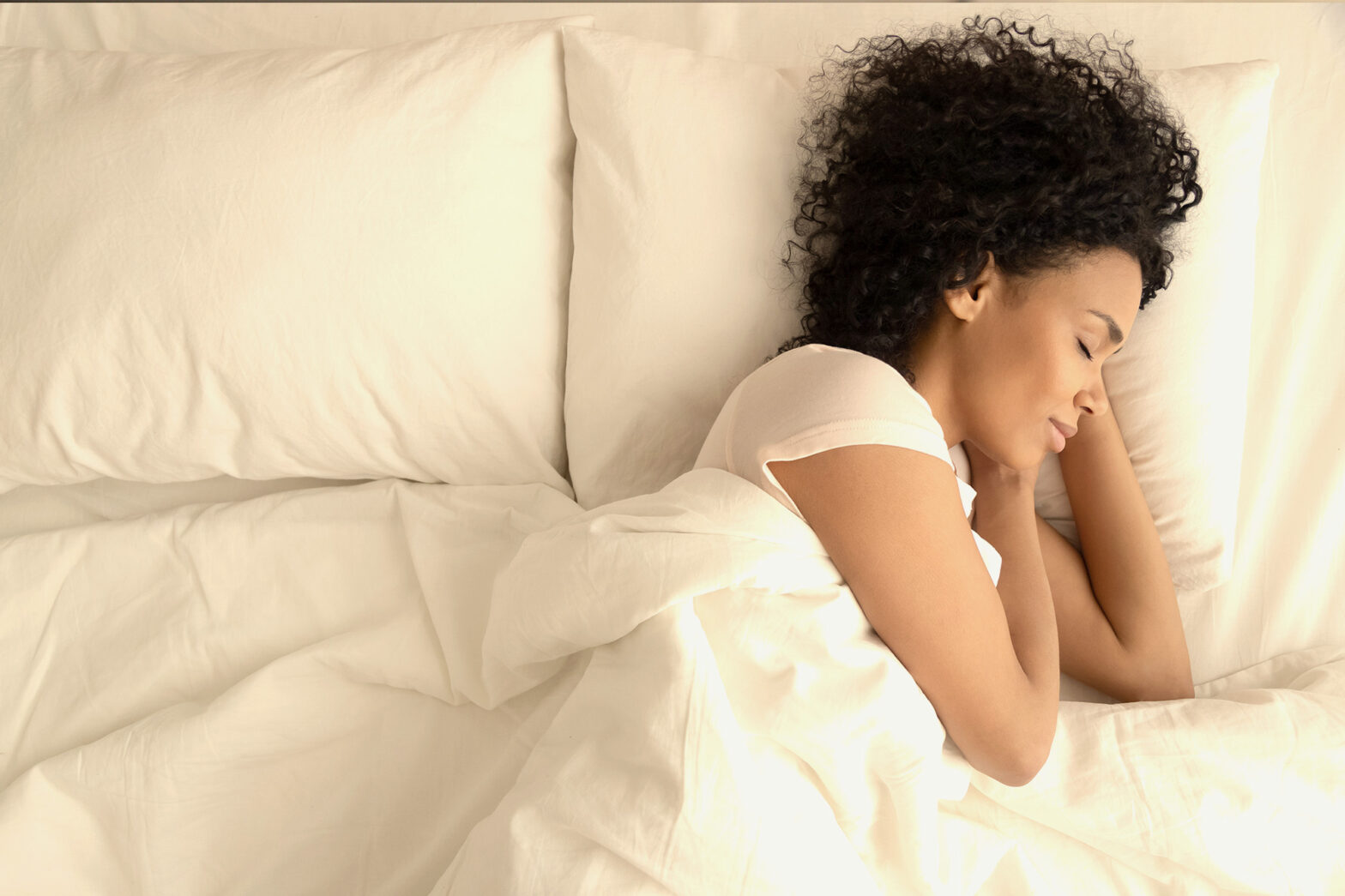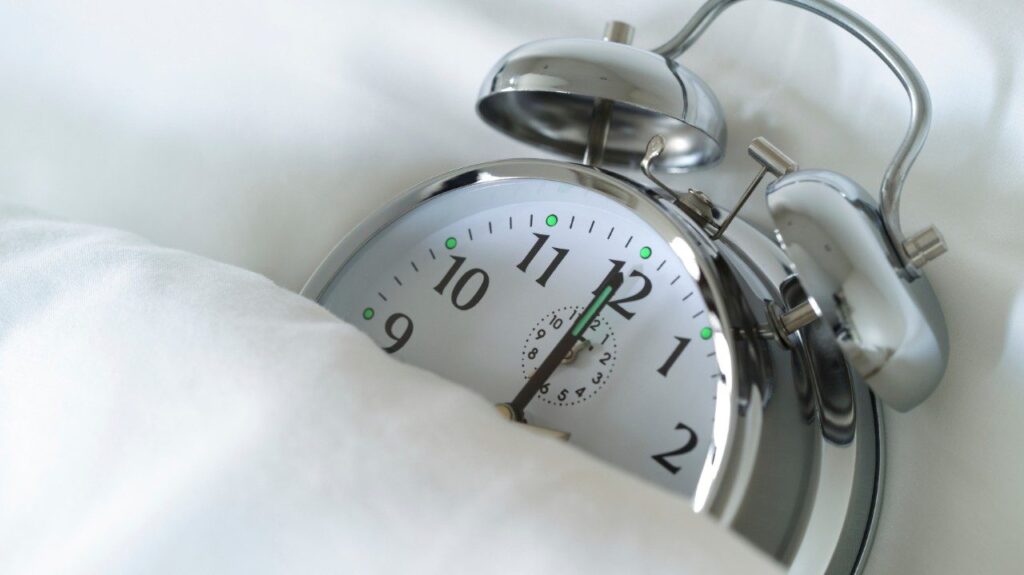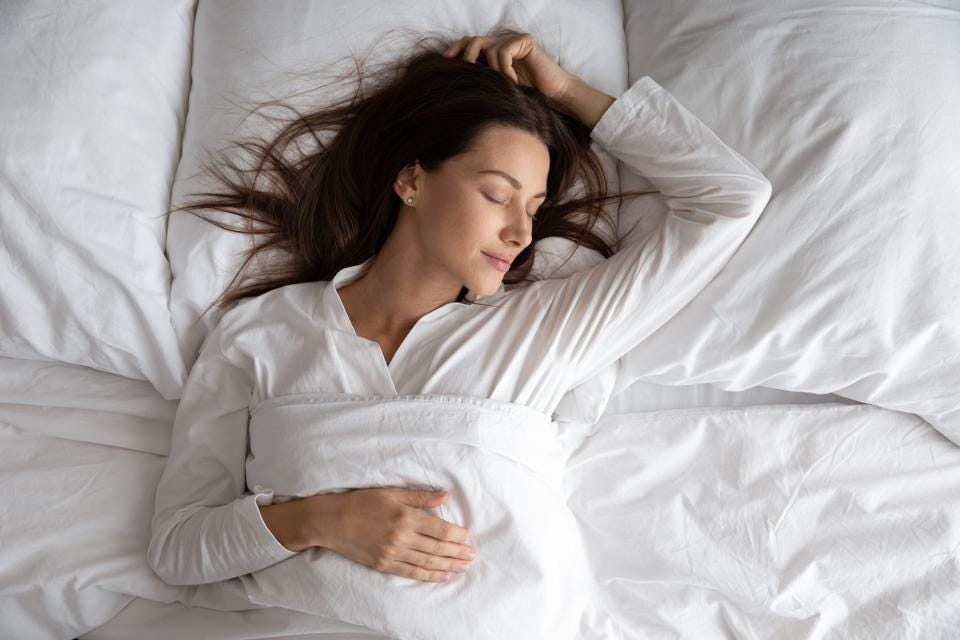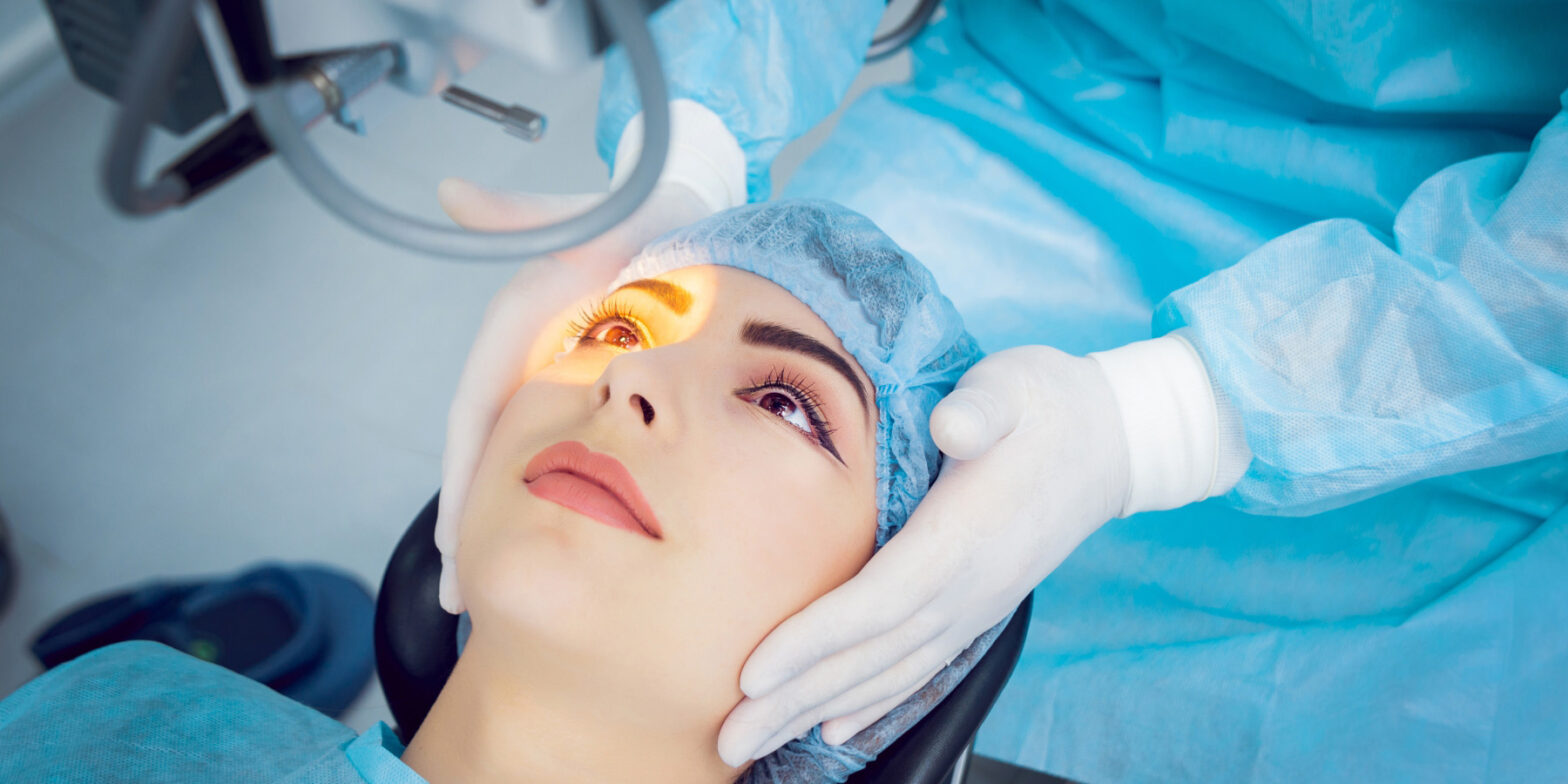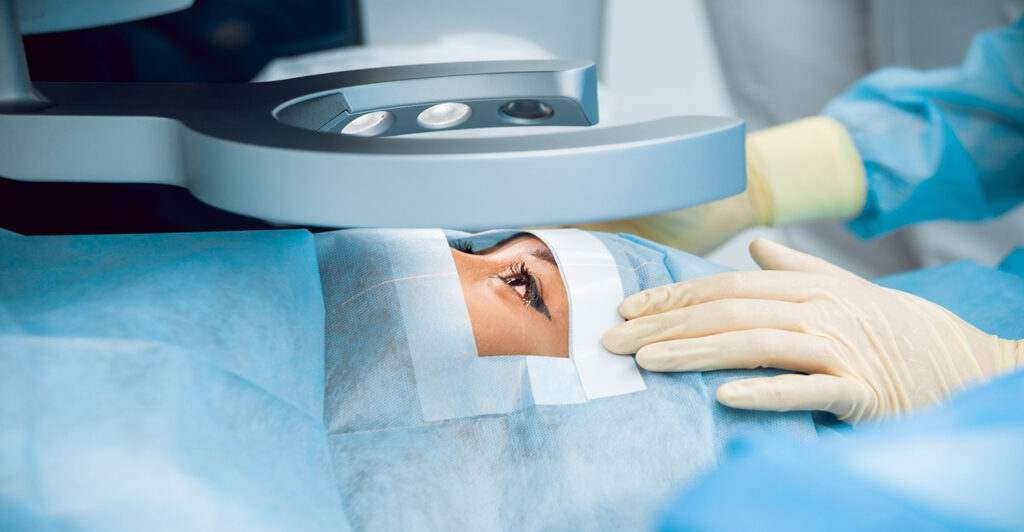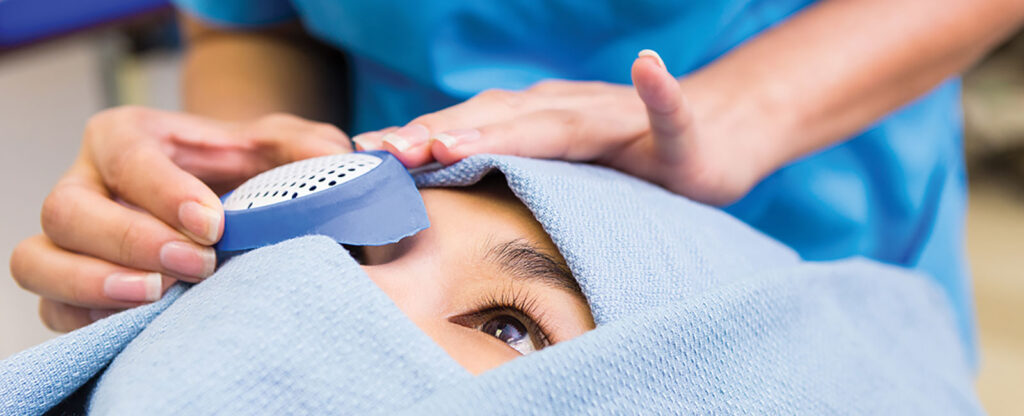At first, it could be difficult to become used to the CPAP machine therapy. Many people with sleep apnea may relate to the fact that they hate their CPAP machine the first time they use it. It’s possible that you’re anxious about using the mask while you sleep or that you’re concerned that you won’t ever be able to find a position that’s comfortable for you. The good news is that you’re not the only one, which is heartening. The good news is that there are several pointers and advice that will make it easier for you to adjust to the sleep apnea therapy, enabling you to start getting excellent sleep every night.
First and foremost, success comes through repetition.
As with any new experience, using CPAP machine for the first time could feel unusual. You will have trouble sleeping or staying asleep while wearing it, however, if you don’t become used to wearing it. To enhance its efficacy, start wearing it as much as possible before bedtime rather than putting it on just before you try to go asleep. If you intend to spend the day relaxing at home or watching TV, put it on. Alternatively, you may try putting it on an hour or so before bed each night and see how that feels.
See Also: Use these tips to have a comfortable CPAP mask sleep
Your chances of experiencing enjoyable dreams increase the faster you become used to sleeping with it on.
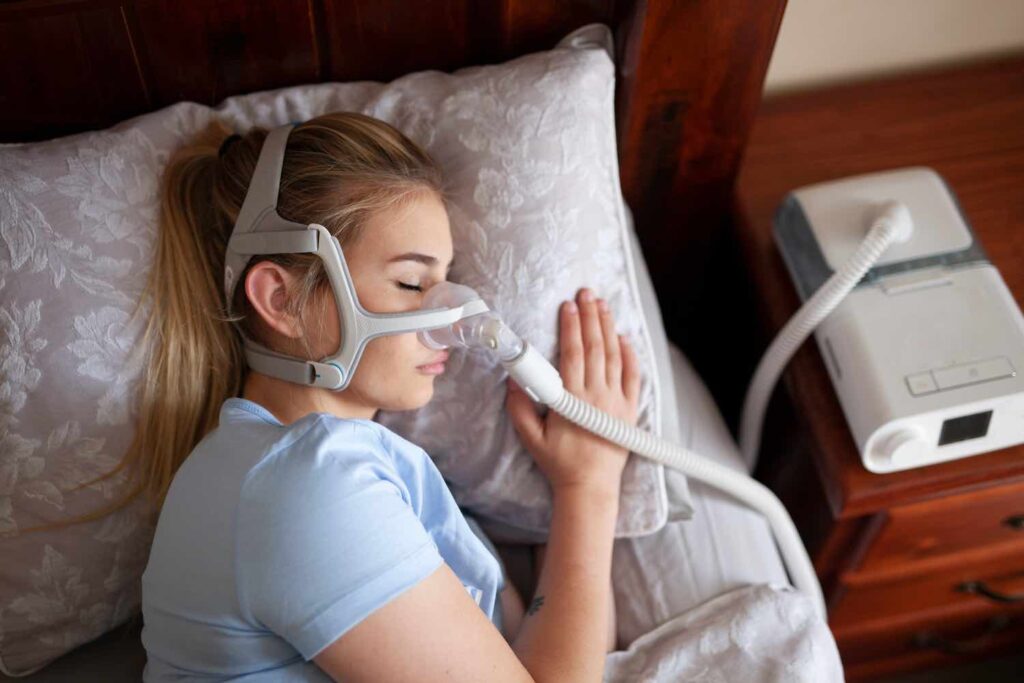
Turn on your CPAP machine before going to bed.
This might be the single most important step in becoming used to your new sleep apnea therapy. The term “patient compliance” is what healthcare practitioners use to describe this occurrence. Use it the next night instead of the night before. You should use it every night and during naps (if you often take naps), even if it could feel a bit unpleasant at first. By doing things like putting on your gym clothing as soon as you finish another habit, like brushing your teeth, for example, you may get right into a pattern.
As you begin using CPAP, keep in mind that it’s crucial to avoid naps since they reduce the amount of sleep debt you’ve racked up. Having a sleep debt while getting acclimated to CPAP machine treatment may be advantageous since it makes you feel more worn out when it’s time for bed. You better believe it. As a result, falling asleep while you’re still getting used to your new equipment will be considerably easy for you. With CPAP, you will nod off more rapidly the more worn out you are. Additionally, the more often you use a CPAP machine, the more comfortable and natural it will seem.
Make a few little adjustments to your CPAP machine each night.
Your mask could need a few adjustments each night. If you notice that you are awakening with red marks on your face, loosen the mask a little. If you discover that it slides off during the night, you may want to think about bringing it closer to your face. You may still make modifications to your mask to make it more comfortable for you even though your doctor or the firm that supplies your medical equipment personally fits it for you.
If you want the greatest results, be sure to change the settings while lying down and with the device switched on. Many machines undergo a little inflation when the air is switched on because of the manner that they seal. The machine may be turned on while you are lying down to ensure a suitable fit for the mask.
Make sure your mask is fitted to YOU by checking that it is.
You can decide to do some web research to determine which mask would be best for you before you ever try the CPAP machine. When being fitted for a mask, it is a good idea to have your ideal mask in mind. However, even if you don’t know which mask you want, it is crucial to discuss your sleeping habits with your primary care doctor or the firm that offers medical equipment. Do you sleep on your side? Do you typically breathe through your mouth? Discuss your needs for the quantity and quality of sleep you need with your sleep doctor in a transparent and open manner. Ensure that you get the mask that best suits your requirements by acting as your own advocate.
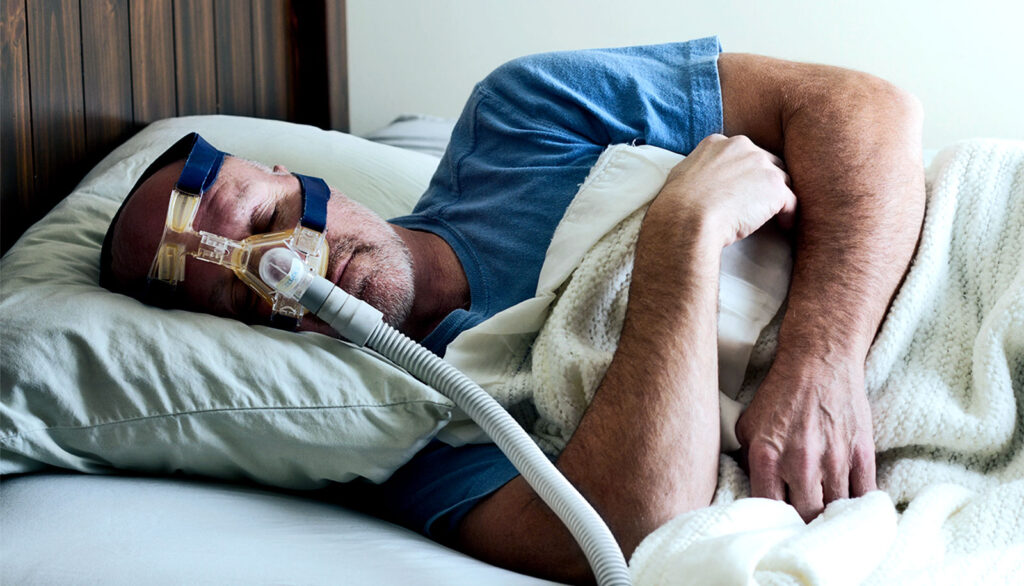
Try pairing your CPAP machine with a humidifier if your nose or throat are dry.
It’s imperative that when using a CPAP machine, you maintain your throat and nose moist. The environment will probably be drier than you are accustomed to because to the elevated air pressure, especially if there is already a shortage of moisture in the area.
Humidity is necessary for a good CPAP therapy session; however, although room humidifiers are useful, current CPAP machines now come with heated humidifiers and heated tubing. You may lessen the degree of dryness in your throat and mouth, making the experience more enjoyable and soothing, if you can modify the amount of humidity in your surroundings to suit your particular requirements.
Use gloves if you’re having trouble maintaining your mask.
Even if they are convinced, they did not remove their CPAP machine themselves during the night, people often describe waking up in the middle of the night to find it gone. So, how do you maintain it? Simply put on some gloves to solve the problem; it’s not at all difficult.
What matters is that the gloves should have minimal to no hold on the item, if any at all. You won’t be able to unintentionally remove your mask in the middle of the night when you’re too drowsy to notice what you’re doing thanks to the gloves. You should be able to stop wearing gloves after engaging in this kind of workout for approximately a week.
If, after a few weeks, you are still having problems taking off your mask, you should see your doctor about the possible causes of this issue and the available treatment options.

